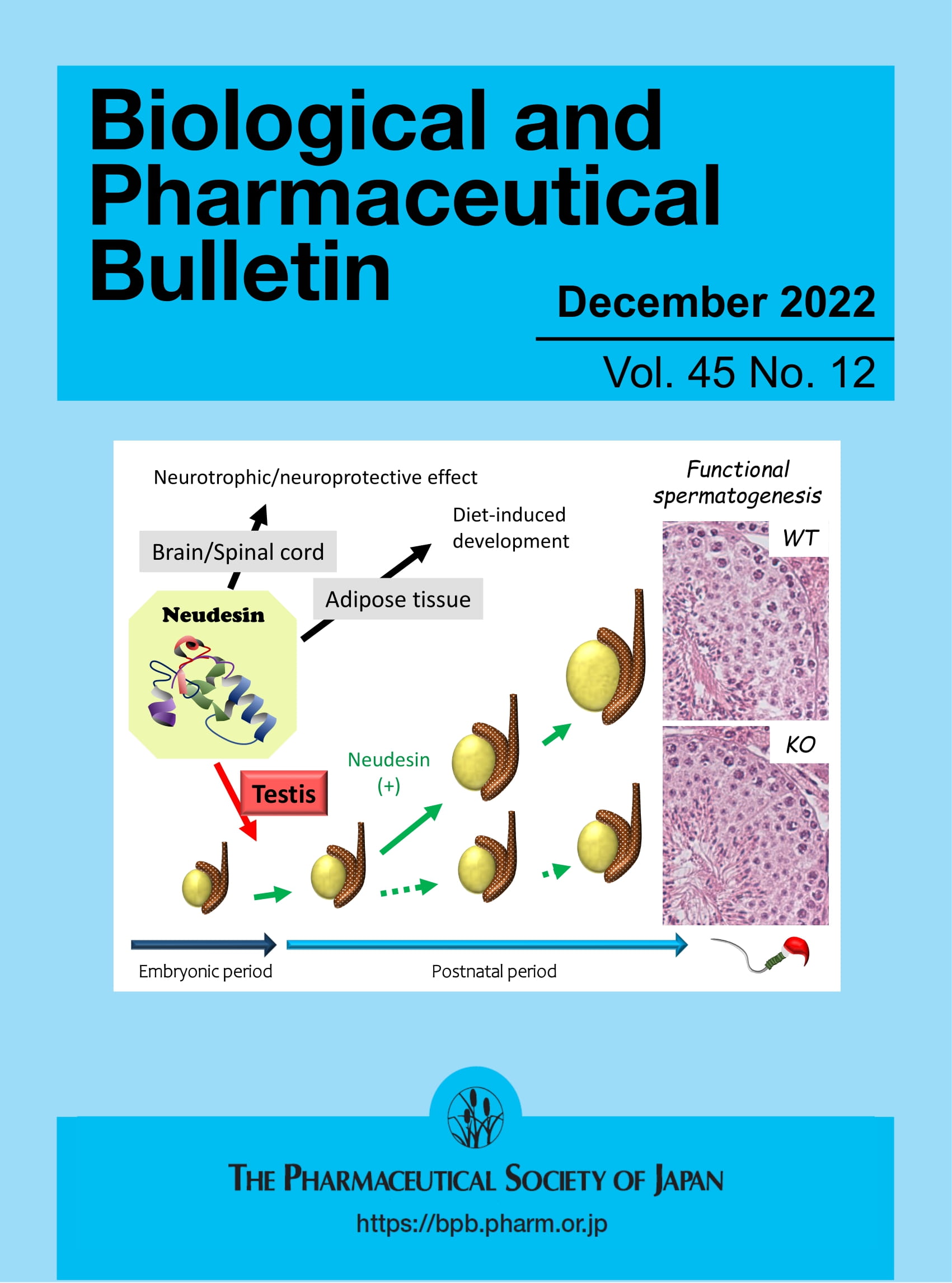APCI-Multistage Mass Spectrometry Following Liquid Chromatography for Selected 4-Desmethyl-Sterols and Their Deuterium-Labelled Analogues Unveils Characteristic Fragmentation Routes for Cholesterol and Phytosterols Identification
Abstract
Rationale
Several phytosterols (PSs), well known for their role in plant physiology and their health benefits, represent a subset of the family of 4-desmethyl-sterols. They exhibit remarkable structural variability due to differences in the number and position of C=C bonds in their tetracyclic backbone and side chain composition. When analysed using tandem mass spectrometry (MS/MS), PSs often produce complex and potentially informative spectra, as in the case of electron ionization. However, these spectra have been only partially interpreted so far. Here, a systematic interpretation of the fragmentation of PSs, specifically free sterols, was pursued through a synergic use of high- and low-resolution multistage mass spectrometry (MSn, n = 2–4).
Methods
The study focused on protonated and dehydrated forms of standard 4-desmethyl-sterols ([M + H-H2O]+), generated via atmospheric pressure chemical ionization (APCI) following reversed-phase liquid chromatography (RPLC). Deuterium-labelled versions of cholesterol and stigmasterol, appropriately labelled on their side chains, were examined alongside their natural counterparts and other key PS standards, including β-sitosterol, campesterol, brassicasterol, Δ5-avenasterol (isofucosterol) and its isomer Δ7-avenasterol.
Results
The use of isotopically labelled standards allowed the identification of diagnostic, low m/z, product ions associated with the side chain, demonstrating that the positive charge can localize not only at the C3 position (associated with the hydroxyl group) but also on the side chain itself (C24/C25). Furthermore, all remaining peak signals in the tandem MS spectra of PSs were successfully elucidated with the help of MS3/MS4 measurements, unveiling complex fragmentation pathways involving both the steroidal backbone and the side chain and indicating C17 as an additional potential site for positive charge localization.
Conclusions
The findings described in the paper offer a strong basis for identifying critical structural features of PSs, thus opening interesting perspectives for the identification of minor PSs, often isomeric with more common ones, that can be detected in vegetal matrices.


 求助内容:
求助内容: 应助结果提醒方式:
应助结果提醒方式:


